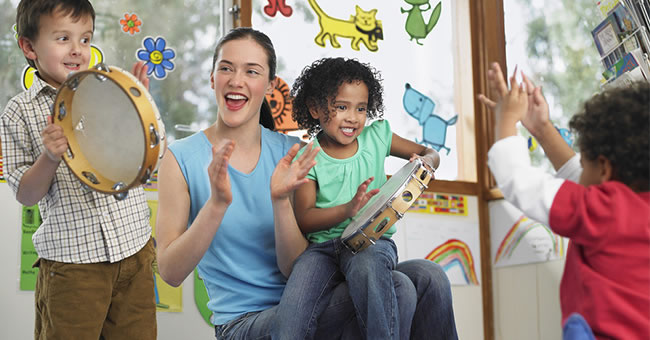
For many teachers, hectic and stressful are two ways to describe the days leading up to the first day of school. Not only are teachers setting up their classroom, they're also attending staff meetings and orientations and getting ready for open house. There's so much going on that it can be easy to accidentally forget something, so here are a few tips and reminders that will help you prepare for when students return to the classroom:
- Prepare Yourself – First and foremost, you need to prepare yourself for the beginning of school. Being well prepared and well rested will help you complete all of the items on your to-do list before the first day of school. Be sure to check out our Preparing Yourself for a New School Year article for a variety of tips on how to set yourself up for success in the coming school year.
- Evaluate Your Space – Does the classroom setup need to change? Are there any materials or supplies that need to be replaced? Do you have enough tables and chairs? How long has it been since you changed your classroom's theme? Is there one specific area you want to focus on changing or organizing before the start of school?
- Refresh Your Classroom – Once you've evaluated your space, you can refresh your classroom by adding new materials to different areas in the classroom (new books in the library, new science materials for the science area, etc.), changing the setup, replacing outdated or worn material, and/or giving it a new theme.
- Prepare Your Environment – In addition to preparing your classroom's physical environment and temporal environment (daily schedule, transitions, routine), you also need to focus on the interpersonal environment. Make sure you set up an environment that encourages children to have positive relationships with their peers and with you. If there is another teacher or teacher assistant in the classroom, make sure the roles and responsibilities of each adult are clearly defined before the start of school to avoid any confusion.
- Be Creative – You want students to feel welcome when they come to class, and the best way to do that is by providing them with a comfortable environment. Be creative with your classroom's theme, bulletin board decorations, and the overall setup of your classroom. You can also come up with creative ways to engage children on the first day of school (e.g., a fun icebreaker or a fun activity that teaches children about classroom rules).
- Get Organized – Organization is key to a successful start to the school year. Assess the organizational strategies you used last year – did they work well or did you often lose or forget things? Don't be afraid to come up with a new way of taking attendance, filing paperwork, or labeling items.
- Stock Up on Teaching Supplies – Do a quick classroom inventory to see which items are running low. Make sure you have enough paper, pencils, crayons, paint, and other classroom essentials. Stocking up now will ensure that you have enough supplies for at least the first few weeks or months of school.
- Strategize for Open House – Coming up with a strategy for your school's open house is a must. Do you want to speak to the families that come visit your classroom as a group and/or individually? You should also decide what you want to send home with students and parents (e.g., school and classroom policies, reminders for the first day of school, emergency contact information sheets for them to fill out, etc.). Try to put everything in individual packets for each child and his or her family. Have extra copies of handouts available if needed. Remember that open house will give children and their families the first impression of you, your classroom, and the overall school year, so you want to do everything you can to make a good impression.
